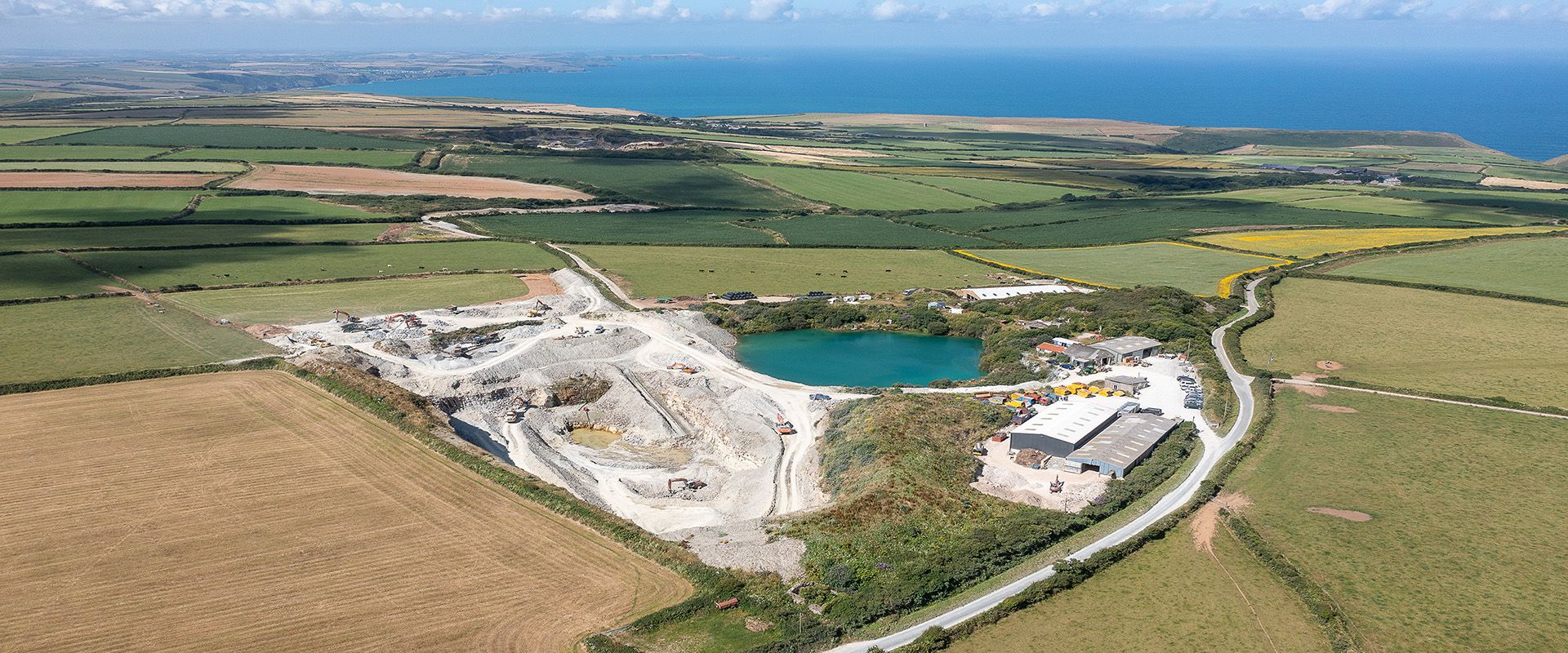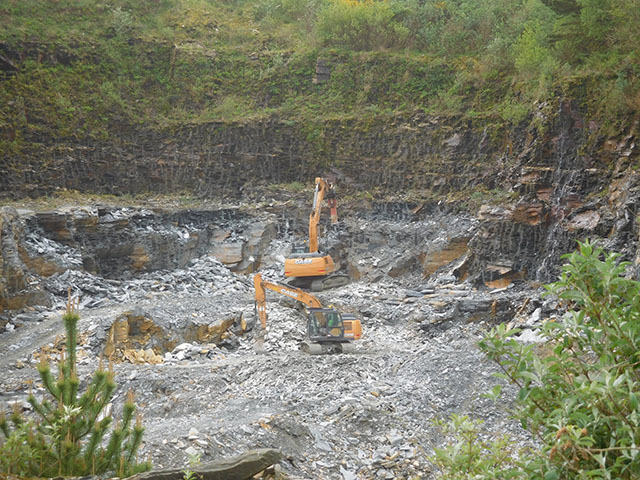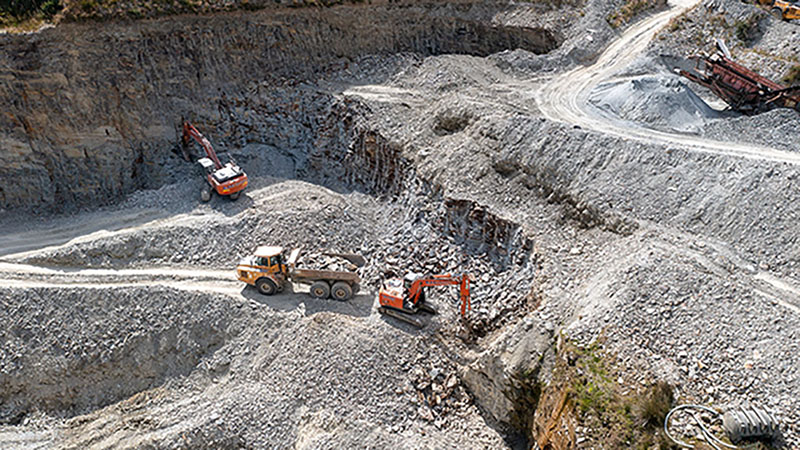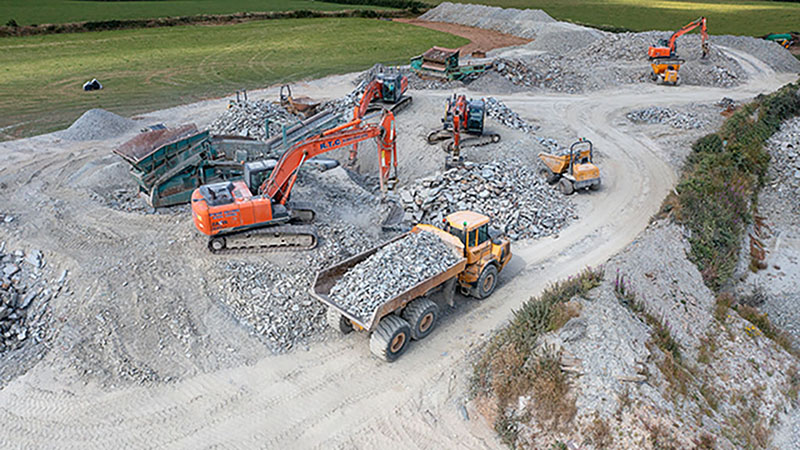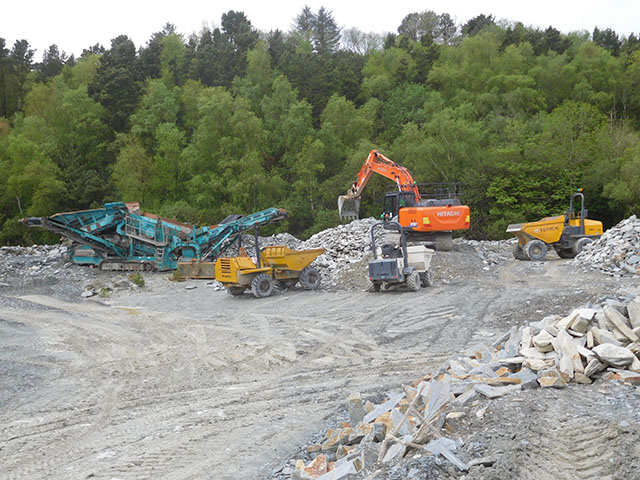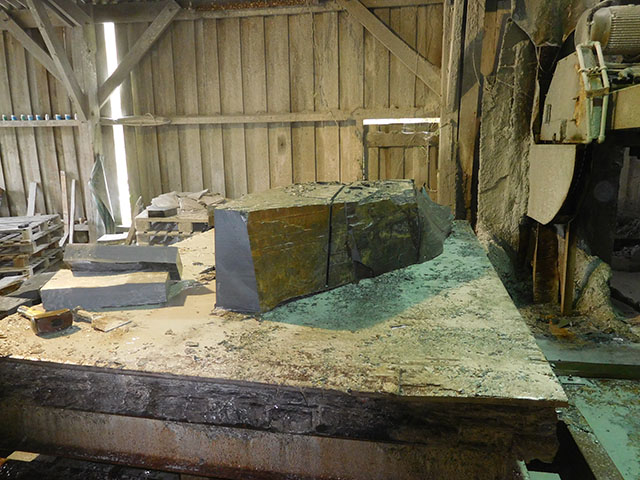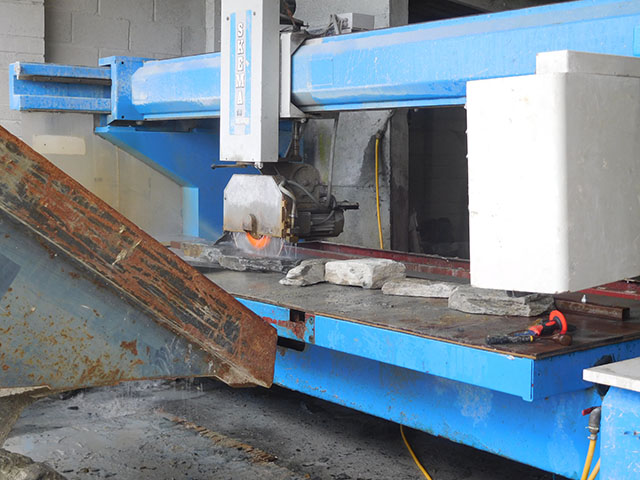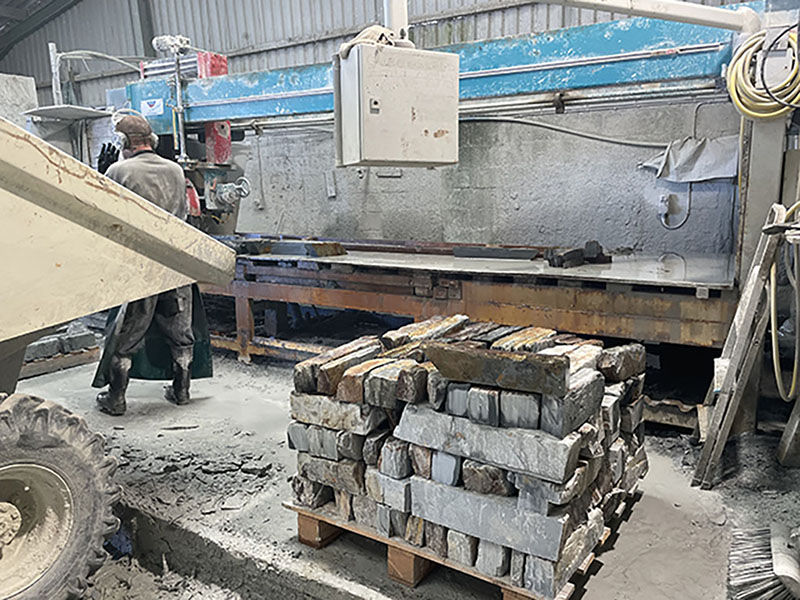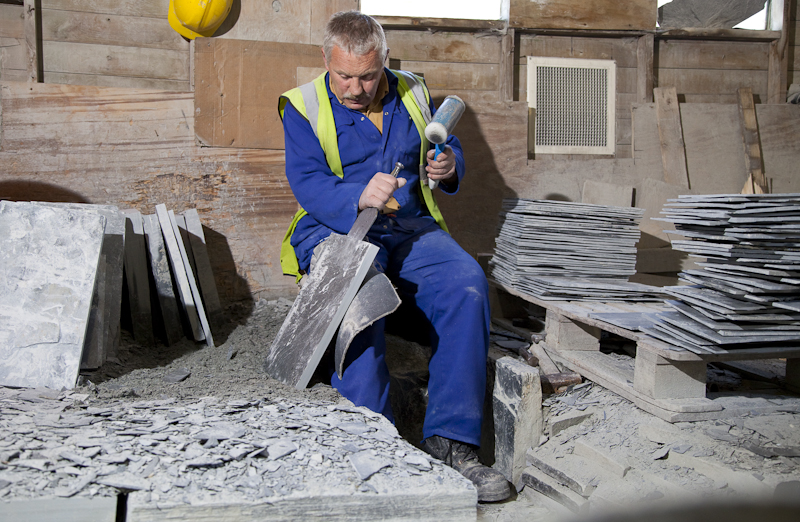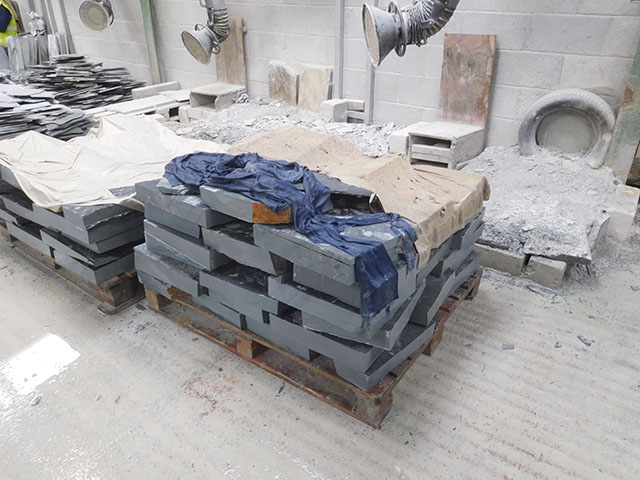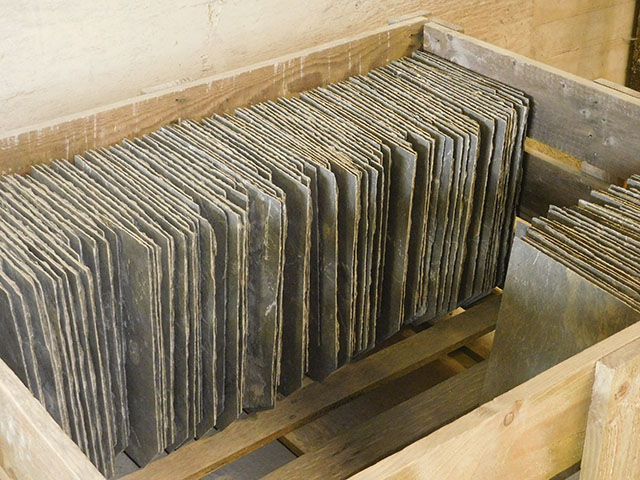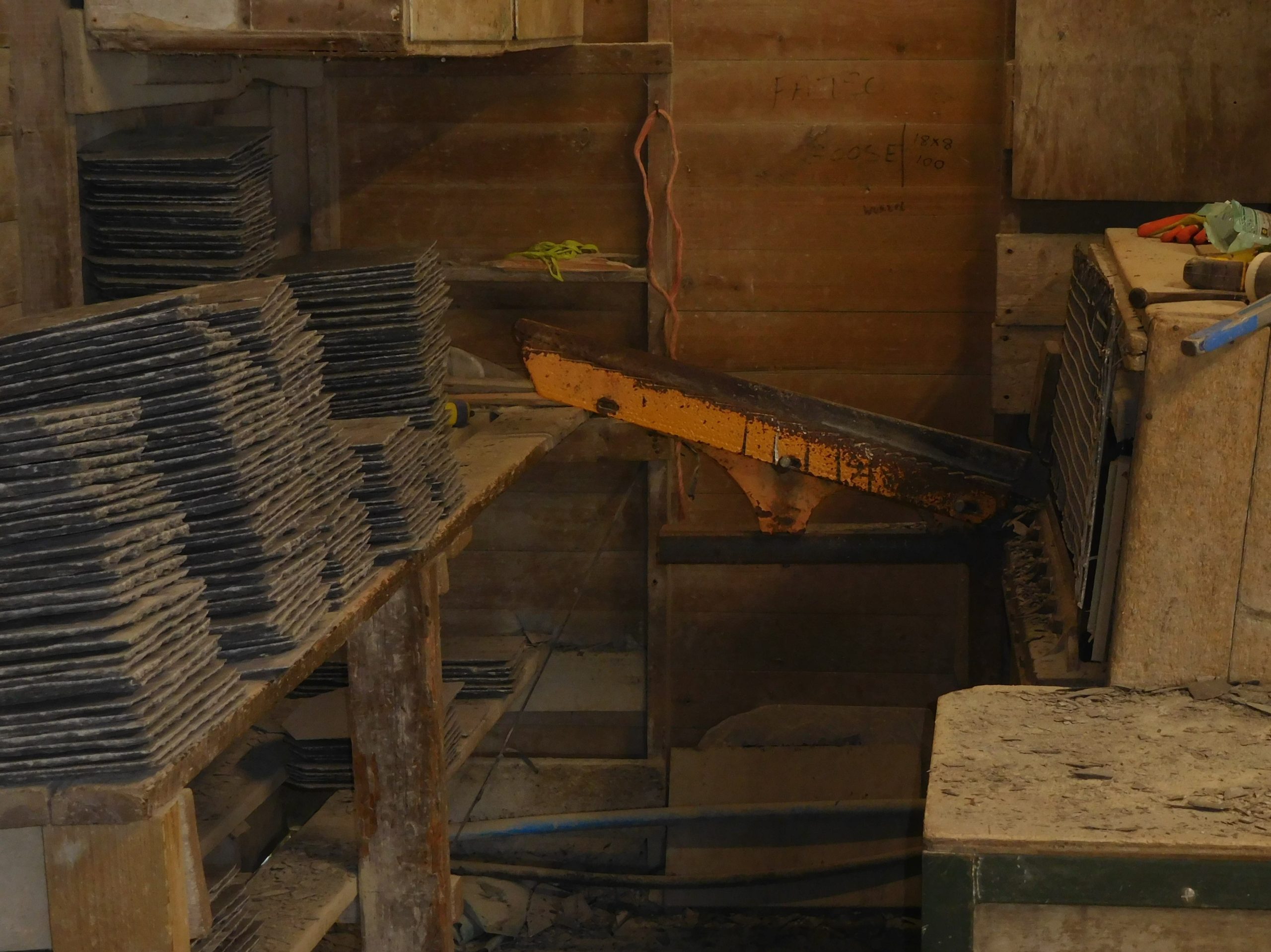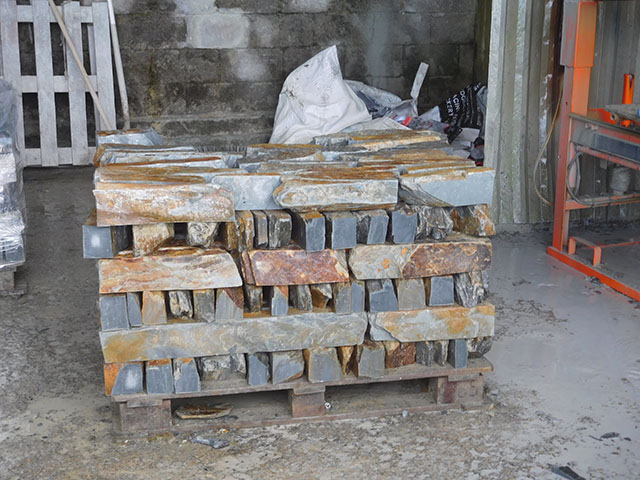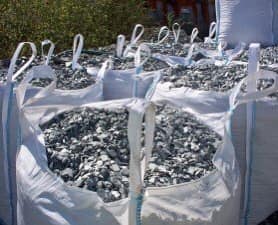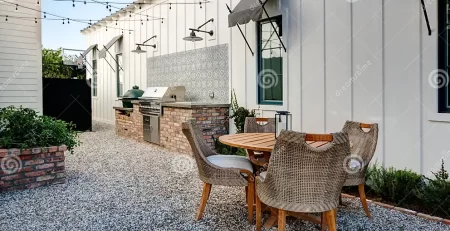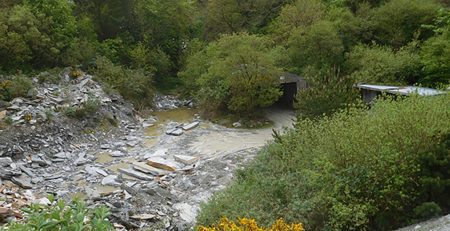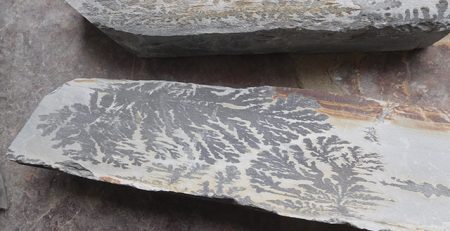Quite often people come to us and ask how we get the stone out of the ground!
It took millions of years for the slate to be formed as the layers of sediment were laid down and then compressed. These layers give rise to one of the most notable properties of slate, its thin sheets. Slate is found all over the world but naturally we think that ours is the best in the world.
Slate has been mined in the South West for centuries and this is reflected in many of the building’s grand ones and more modest properties. Architects are continually finding new ways to use it. Despite all this the way in which it is mined has change over the course of that time. From the days of picks and axes, to the days of explosives and better machines things have changed.
Today we are every more considerate of our impact on the environment so no longer use explosives and other advances have allowed us to be less wasteful.
Today the use of high-tech plant machinery etc has speed everything up and made it possible to use as much of the material as possible.
Despite saying all this we still follow the same basic steps:
- Extraction
- Sorting / Selecting
- Cutting
- Splitting & Trimming
- Grading
- Shipping
Let me take you through each of these.


